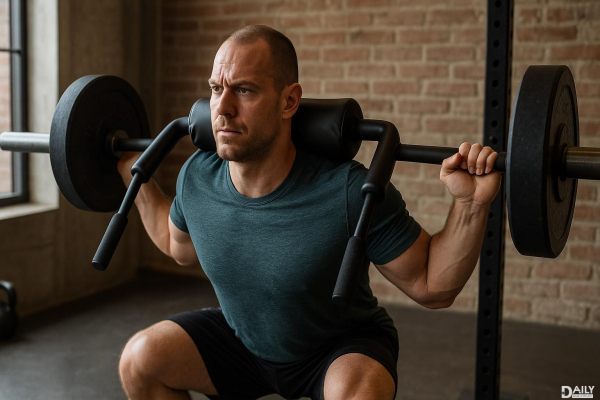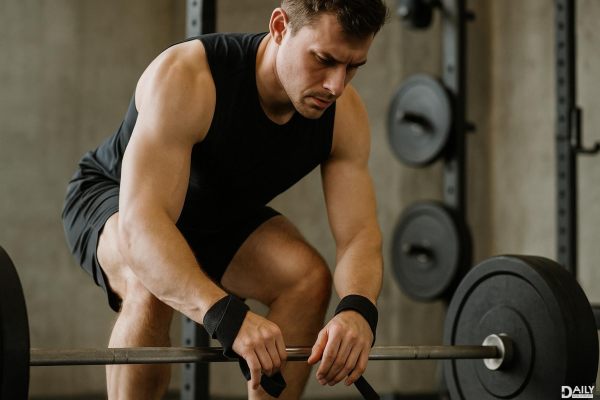The Safety Squat Bar (SSB) is indeed a secret weapon for stronger joints and better gains, especially if you’re looking to level up your leg day without wrecking your body. This unique piece of equipment takes the stress off your shoulders and spine while still delivering a killer workout for your lower body. Whether you’re a seasoned lifter or just starting out, the SSB can help you build strength, improve joint health, and smash through plateaus. Let’s dive into why this bar is a game-changer and how you can make the most of it.

Traditional barbell squats can be tough on your shoulders, wrists, and lower back, especially if you’re dealing with mobility issues or past injuries. The Safety Squat Bar changes the game by shifting the load to a more natural position. The padded yoke rests comfortably on your upper back, and the handles in front allow you to stabilize the bar without cranking your wrists into awkward angles. This setup reduces strain on your joints while still targeting your quads, hamstrings, and glutes like a champ. Plus, the SSB’s cambered design forces you to engage your core and maintain proper form, which is a win for injury prevention.
If you’ve hit a plateau with traditional squats, the SSB can help you break through. Because the bar’s weight distribution is different, it challenges your muscles in new ways, sparking fresh growth. The SSB also emphasizes your posterior chain—think glutes and hamstrings—more than a standard barbell squat. This can lead to better overall leg development and improved athletic performance. And let’s not forget the core engagement. The SSB forces you to stabilize your torso, which means you’re getting a killer ab workout while you squat. Talk about efficiency!
Pretty much anyone can benefit from the SSB, but it’s especially useful for lifters with shoulder, wrist, or back issues. If you’ve ever felt like traditional squats are a pain—literally—this bar is your new best friend. It’s also great for beginners who are still mastering squat form, as the SSB encourages proper posture and reduces the risk of injury. Even advanced lifters can use the SSB to mix up their training and target muscles from different angles. Bottom line? If you’re serious about building strength and protecting your joints, the SSB deserves a spot in your routine.
Start by swapping out your traditional back squats for SSB squats once or twice a week. Begin with lighter weights to get a feel for the bar’s unique balance, then gradually increase the load as you get more comfortable. You can also use the SSB for other exercises like lunges, split squats, or even good mornings to target different muscle groups. For an extra challenge, try tempo squats or pause squats with the SSB to really dial in your form and build strength. And don’t forget to pair your SSB work with complementary exercises like deadlifts, hip thrusts, and calf raises for a well-rounded leg day.
To get the most out of the Safety Squat Bar, focus on maintaining tight form throughout each rep. Keep your chest up, core engaged, and feet firmly planted. If you’re new to the SSB, start with a spotter or in a squat rack with safety pins to build confidence. And don’t be afraid to experiment with foot positioning—wider stances can emphasize your glutes, while narrower stances target your quads. Finally, listen to your body. If something feels off, adjust your setup or reduce the weight. The SSB is here to help, not hurt.
The Safety Squat Bar isn’t just a piece of equipment—it’s a game-changer for anyone looking to build strength, protect their joints, and take their gains to the next level. Whether you’re rehabbing an injury, breaking through a plateau, or just looking for a fresh challenge, the SSB has your back (literally). So next time you hit the gym, give this underrated tool a try. Your legs—and your joints—will thank you.
























